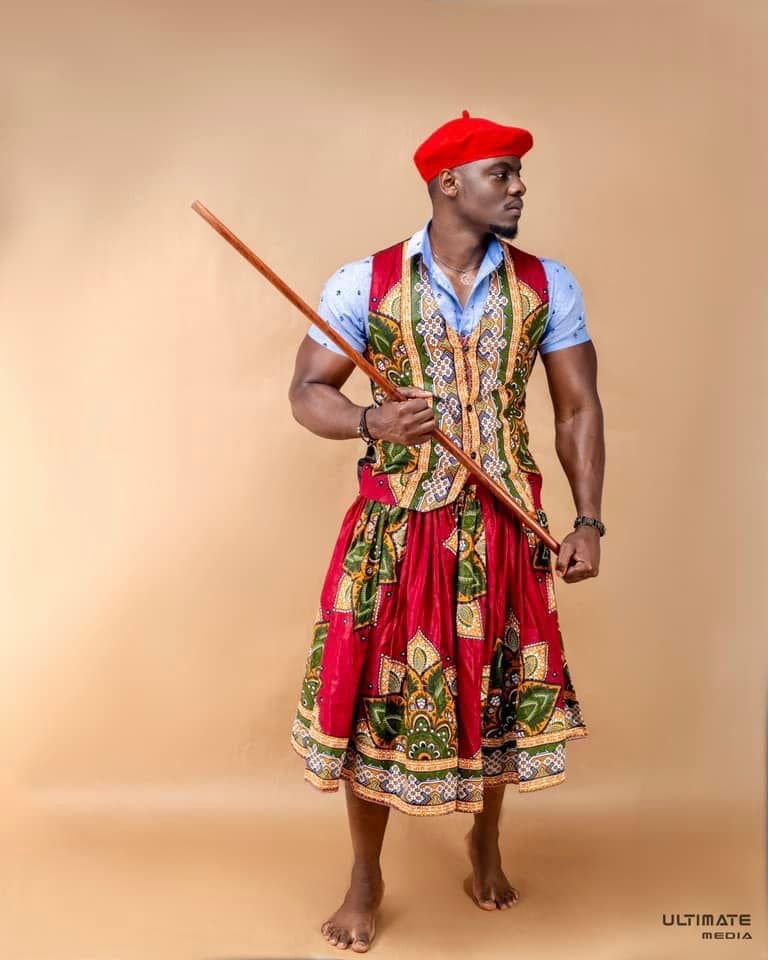By Sweat A Little With Mwiya
The Kuomboka Ceremony is one of the few surviving great traditions of southern Africa. Celebrated by the Lozi people of Western Zambia, the ceremony takes place after the flooding of the upper Zambezi River. The term Kuomboka translates literally as ‘to get out of the water’ and the ceremony marks the official move of the Lozi Chief from his residence on the flood plains to his secondary residence on higher ground.
Thousands of people line the banks of the Zambezi to watch the Chief and his entourage make their way in the Nalikwanda – a large black and white barge. The barge is rowed by roughly 100 men and to be an oarsman is considered a very great honor. Also squeezed onto the barge is a large elephant statue, which is a symbol of the chief’s authority; a fire burns to let the citizenry know that the chief is in good health; and there are three, huge royal war drums – thought to be over 170 years old.
Need to Know
The Kuomboka Ceremony has no fixed date and some years it is not held at all. In years with good rains, the ceremony usually takes place around March or April (the chief decides when). In years where there has not been sufficient rain, no ceremony is held.
Did You Know?
While the ceremony is thought to be at least 300 years old, there have been some interesting changes over the years. The Lozi Chief, or litunga begins the six-hour journey in traditional dress, but later changes into the full uniform of a British Admiral – including an ostrich-plumed hat! This tradition began in 1902 after the litunga was gifted the uniform by King Edward VII.
Attire: Siziba; Lozi traditional dress for men



